Nipplewort
- Composite or aster (Asteraceae family):
- Lapsana communis L.
- EPPO code:
- LAPCO
- Other names:
- Common nipplewort, dock cress, nippleweed
Species information
- Lifecycle:
- Annual or winter annual.
- Propagation:
- Reproduces by seed.
- Emergence:
- Emerges in the spring and in autumn.
- Range and habitat:
- Nipplewort is common throughout Europe, but is now becoming more prominent in Ontario, especially in no-till fields. The plant prefers sun to partial shade and moist to dry, gravelly soil. It is commonly found along rivers and roadsides, and in cultivated fields and disturbed areas.
- Competitiveness:
- Little information exists on the competitiveness of nipplewort, but a Norwegian study has identified it as a contributor to yield losses in carrots. (Fiveland, 1974)
Identification clues
Leaves
- Cotyledons:
- Round or spoon shaped and covered in soft, white hairs.
- Young leaves:
- Rosette of thin, green leaves that are elongated with a rounded terminal lobe and 1–4 side lobes.
- Mature leaves:
- Leaves have one large lobe at the tip and various shaped smaller lobes below. Leaves on the upper stem are more narrow and pointed and lack the basal lobes.
Mature Plant
- Stem:
- Central stem is erect, often red to green, hollow, much branched, and covered with hairs in the lower part of the plant.
- Flowers:
- Nipplewort has many branches containing 8–15 yellow flower heads that open from nipple-shaped buds. The inflorescences are dime sized and resemble miniature dandelions with ray florets that have serrated tips. Nipplewort flowers between June and September.
Often mistaken for
I know it's not Sow-thistle species because sow-thistles have soft-spiny to spiny leaf margins, while the leaves of nipplewort have not. Sow-thistle seeds have fluffy white hairs, while nipplewort seeds are free of hair.
I know it's not Prickly lettuce because nipplewort does not have the row of spines that is found on the underside of prickly lettuce leaves. Prickly lettuce seeds have fluffy, white hairs, while nipplewort seeds are free of hair.
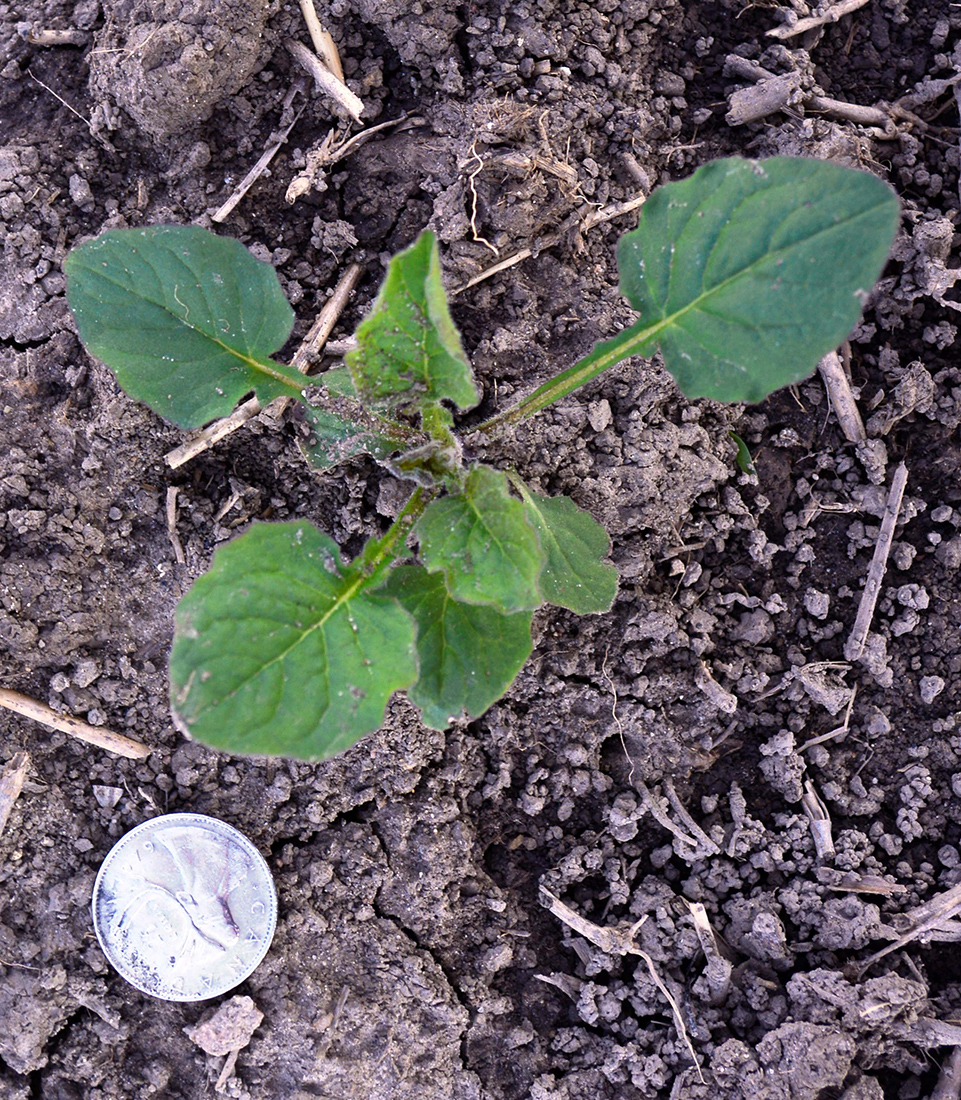
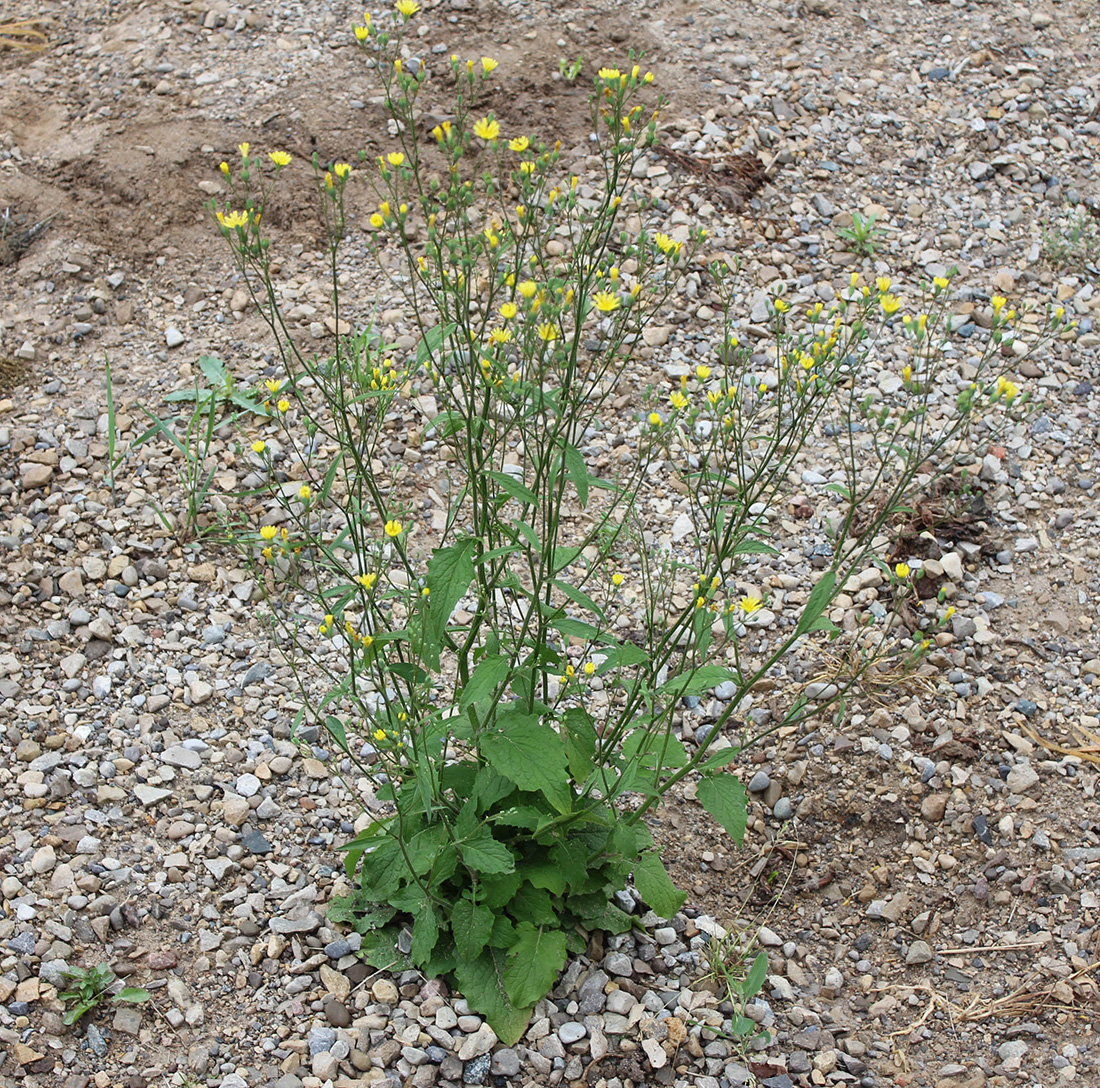
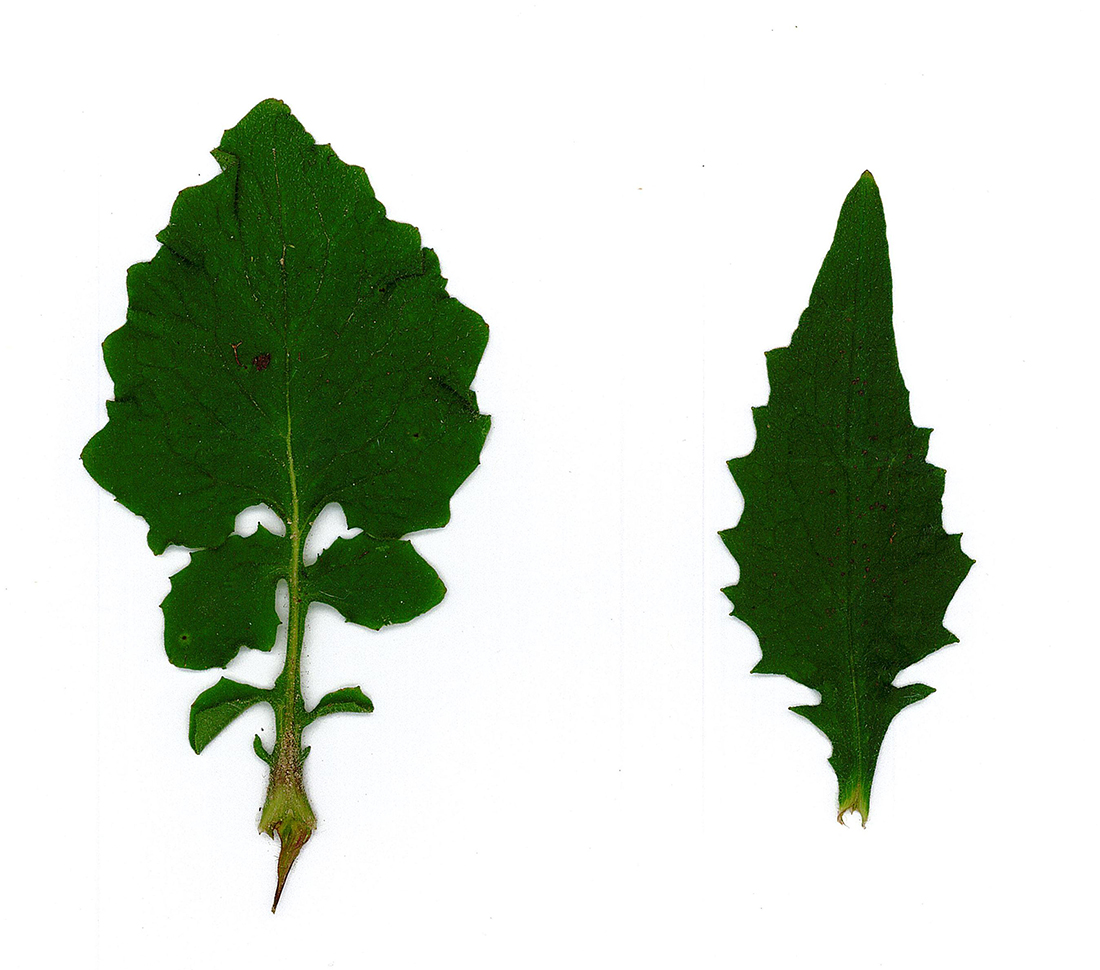
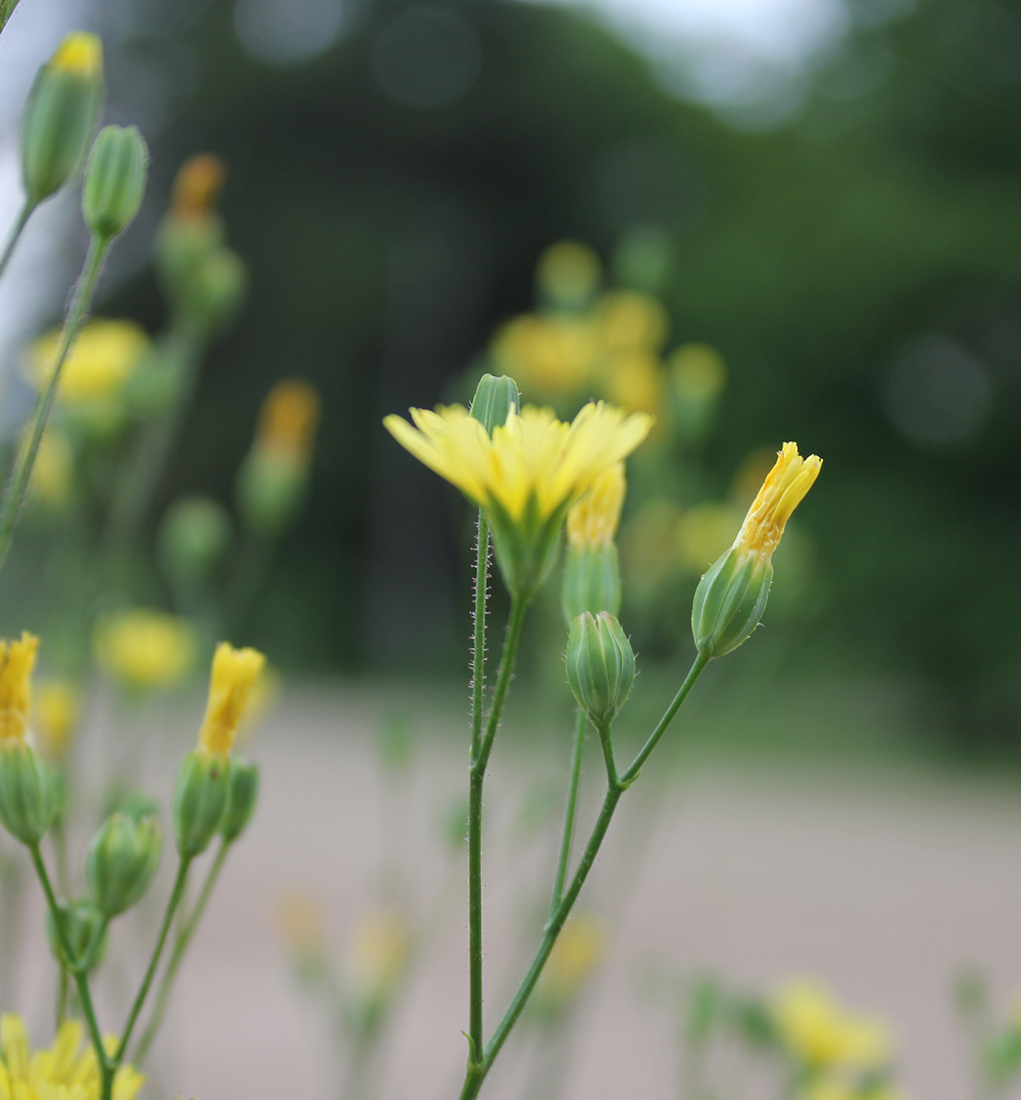
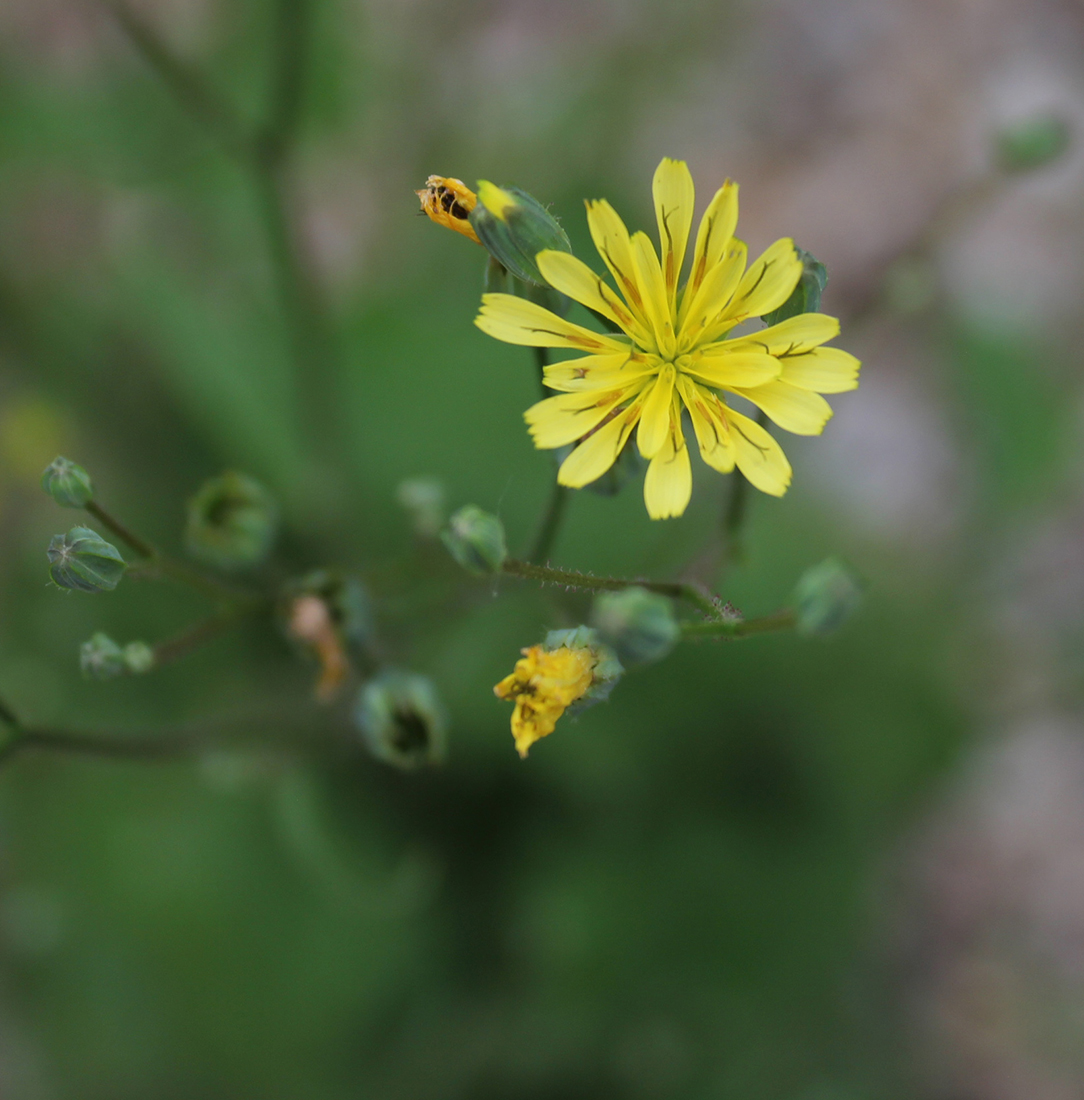
Updated: January 13, 2023
Published: January 13, 2023